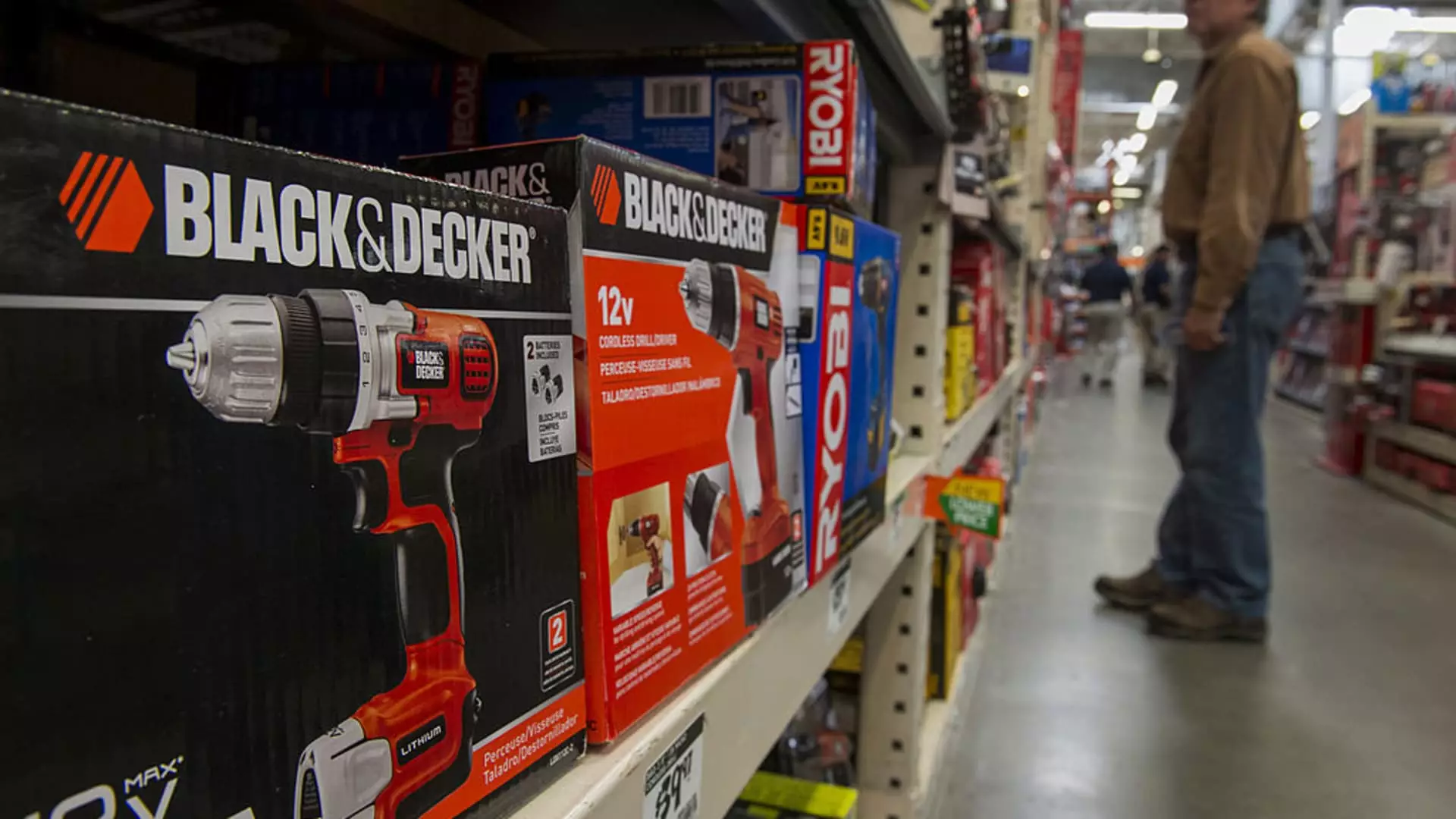The recent drop in Stanley Black & Decker’s stock price following its quarterly earnings report has sent shockwaves through the investment community. On a day when shares plummeted by nearly 12%, analysts and investors were left to sift through the numbers and understand the implications of this decline. Prominent financial commentator Jim Cramer has positioned himself against the grain of this pessimism, suggesting the market’s reaction may be overly harsh. Cramer’s argument pivots on the belief that while the earnings report may not have resonated with investors, it does not fully capture the company’s underlying strength or future potential.
In this context, it is essential to dissect the implications behind third-quarter revenues that fell short of market expectations. Cramer emphasizes that management’s outlook for the fourth quarter reflects broader economic challenges rather than deficiencies in Stanley Black & Decker’s operational capabilities. The drop in value for a provider of tools and hardware can be attributed to fluctuating consumer confidence, particularly in the housing market. The hesitance from consumers to engage in major purchases, such as power tools from DeWalt or home improvement products from Stanley, signals a larger economic issue rather than a catastrophe within the company itself.
The Role of Consumer Confidence
Cramer points out that consumer purchasing decisions in segments like hardware are significantly influenced by their perceptions of the housing market. If homeowners lack confidence in property value appreciation, they are less likely to invest in tools for home improvement projects—an area where Stanley Black & Decker thrives. Understanding this cyclical relationship is critical for investors considering the company’s stock. The current economic environment suggests a potential rebound as the Federal Reserve engages in monetary easing, aiming to stimulate economic growth and, consequently, consumer confidence.
Potential Catalysts on the Horizon
Investors should pay close attention to various economic indicators that could revitalize demand for Stanley Black & Decker’s products. The anticipated drop in borrowing costs, as highlighted by Cramer, could serve as a significant catalyst for a resurgence in housing market activity. When consumers feel more secure about their financial landscape and are encouraged to borrow at lower rates, significant buying can follow, aligning with the company’s product offerings.
Despite the current turbulence, Cramer remains bullish, suggesting that this moment may offer an unprecedented buying opportunity. However, he acknowledges the inherent risks of timing the market. Triggering a swift reaction in investments requires weighing economic indicators carefully and understanding consumer sentiment. As the market stabilizes, Stanley Black & Decker could emerge as a robust contender in the tool and home improvement sector.
The discourse surrounding Stanley Black & Decker’s earnings points to an evolving narrative in the investment landscape. Cramer’s assertion that investors should “buy aggressively” suggests a conviction in the company’s long-term prospects, despite short-term market flurries. This situation encapsulates a larger lesson in investing: maintaining perspective amidst market volatility can lead to lucrative opportunities. For those willing to look beyond immediate reactions, Stanley Black & Decker might just represent a worthwhile investment as economic conditions shift.

